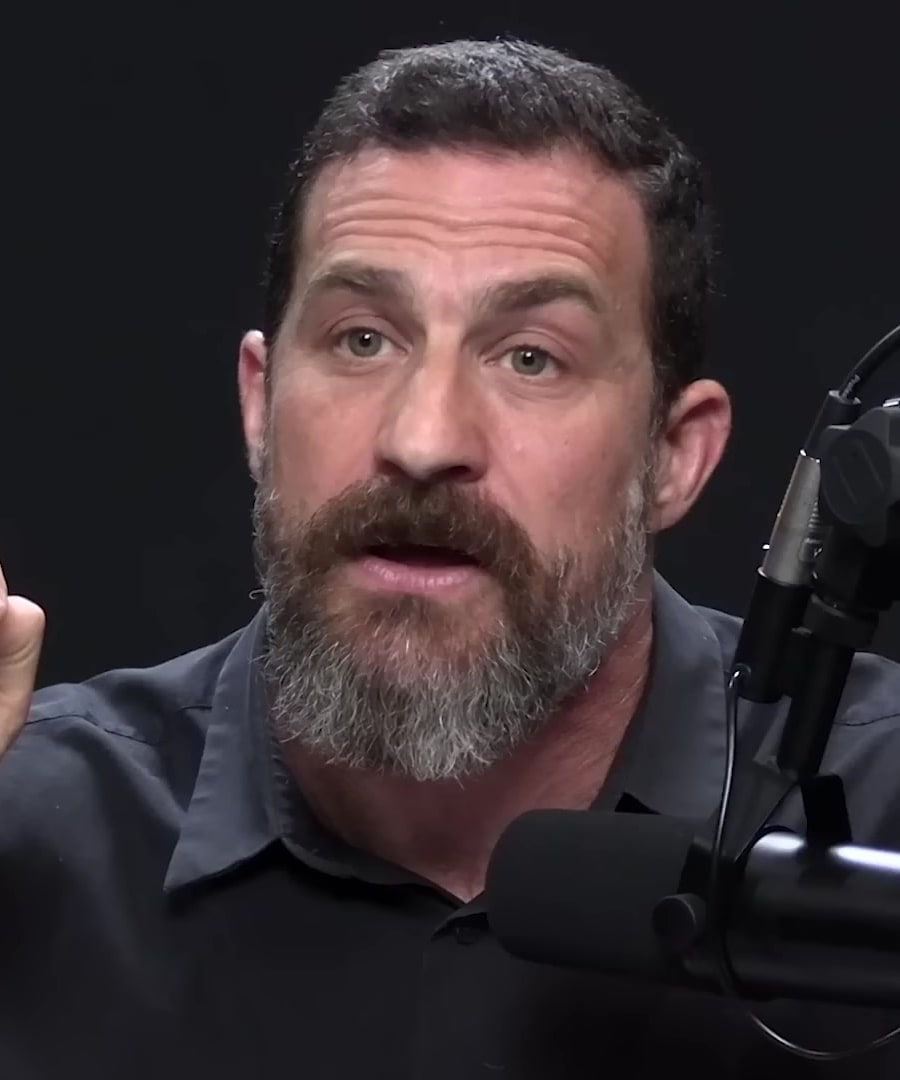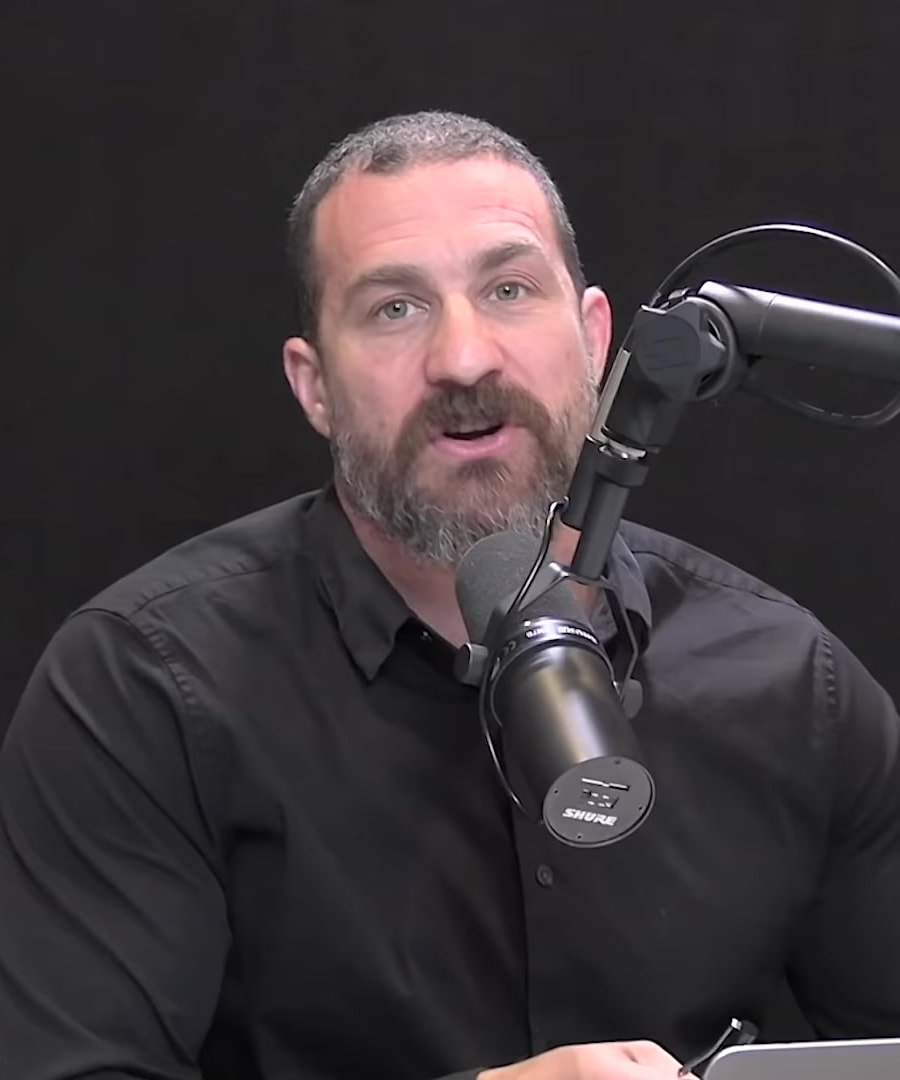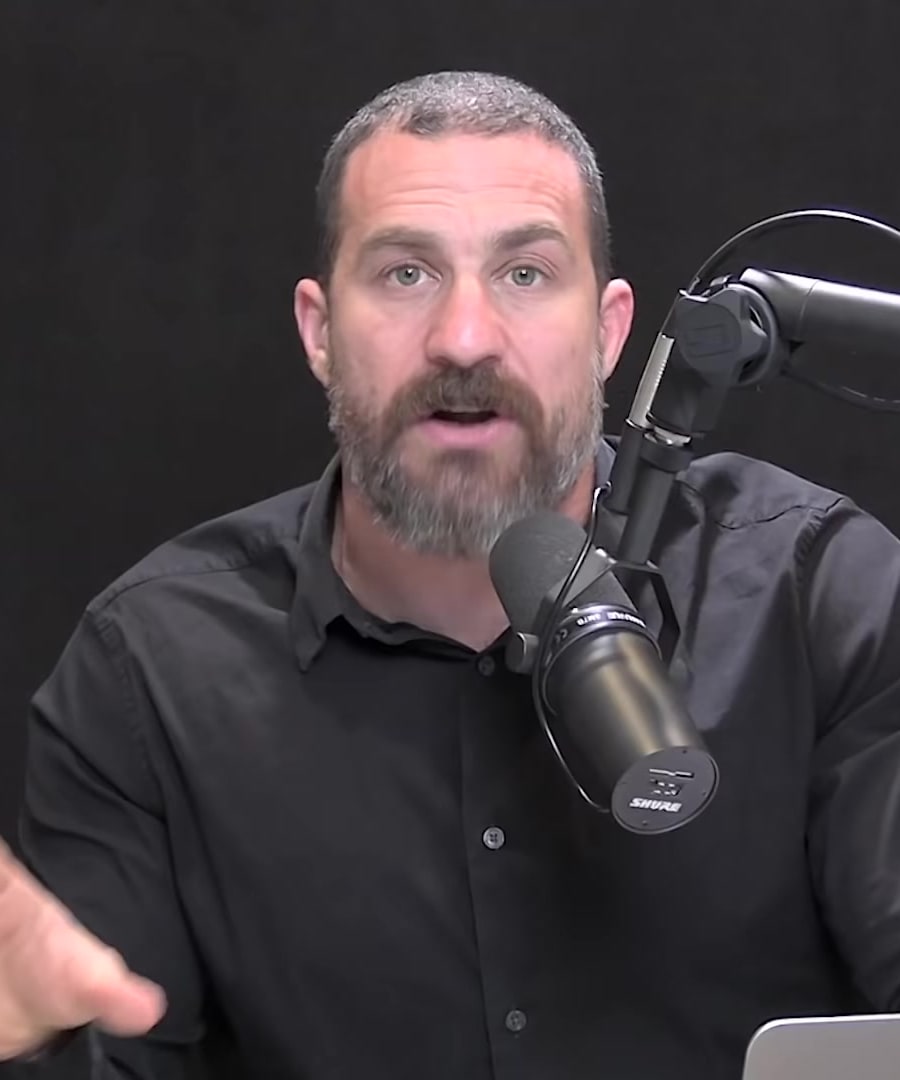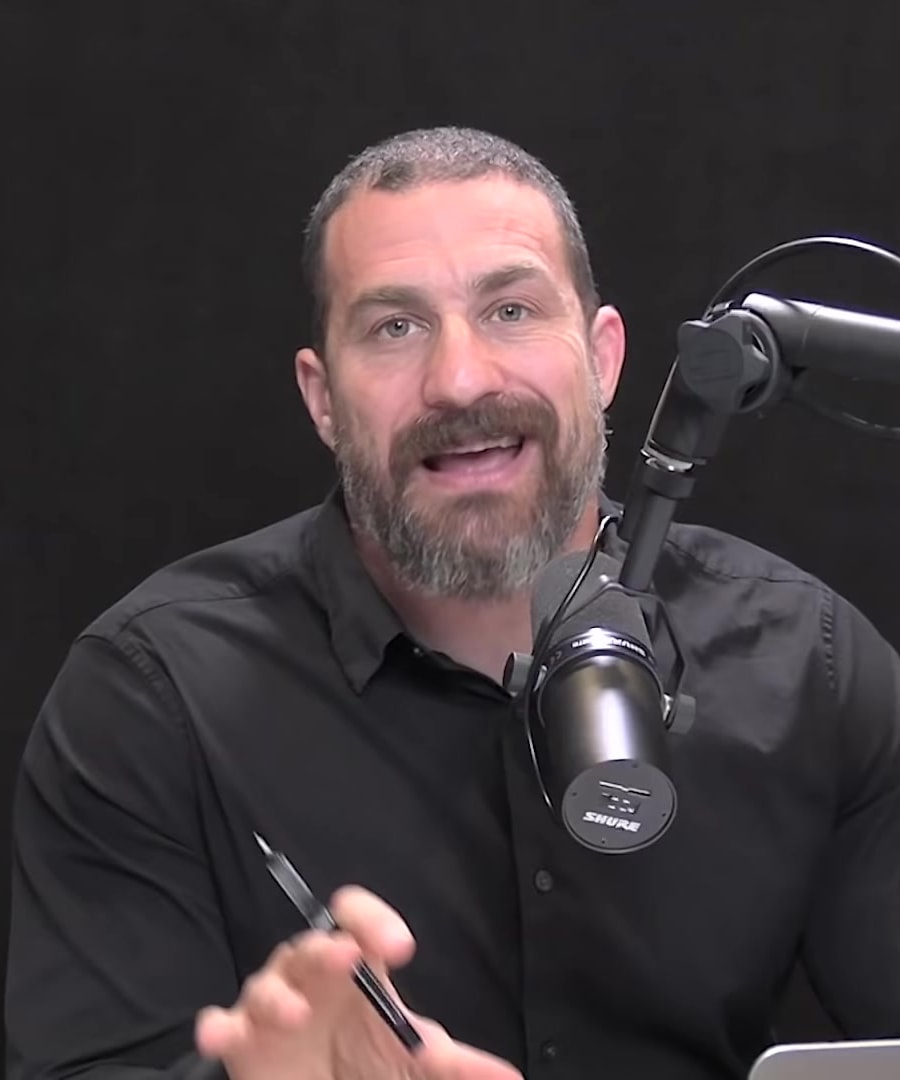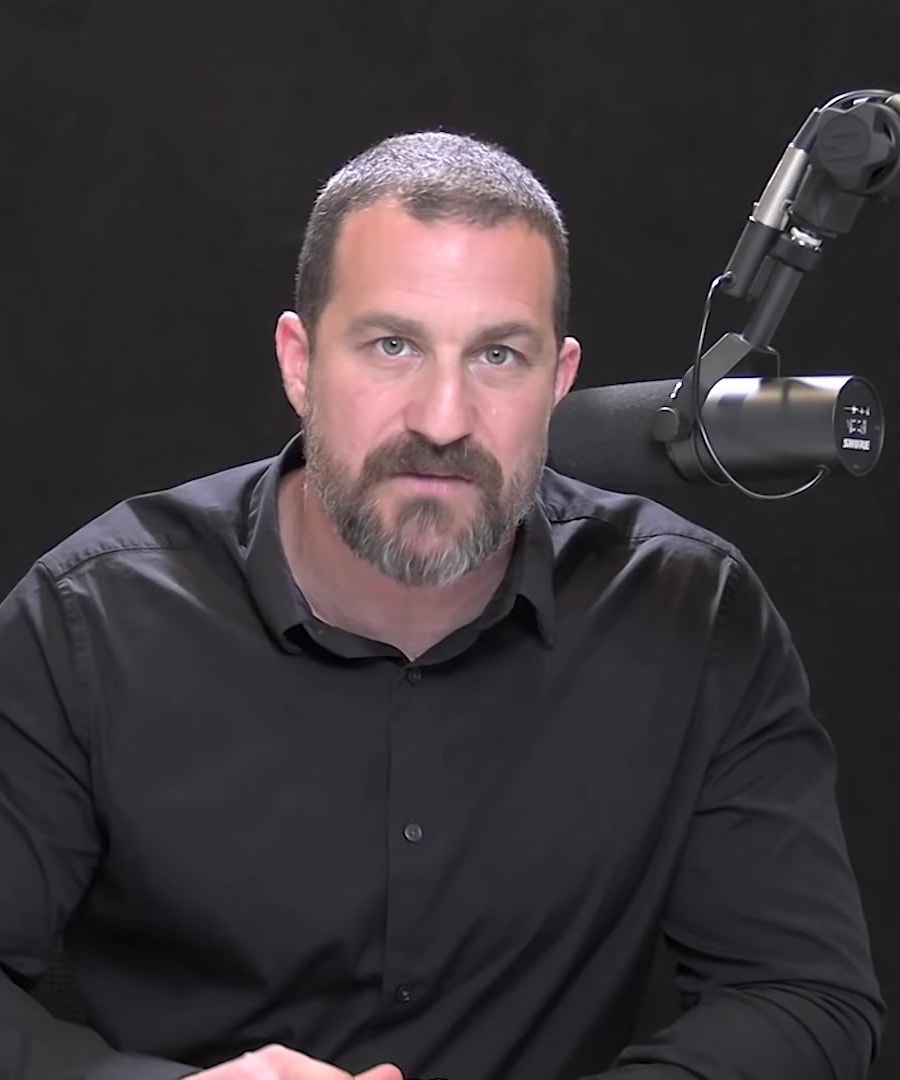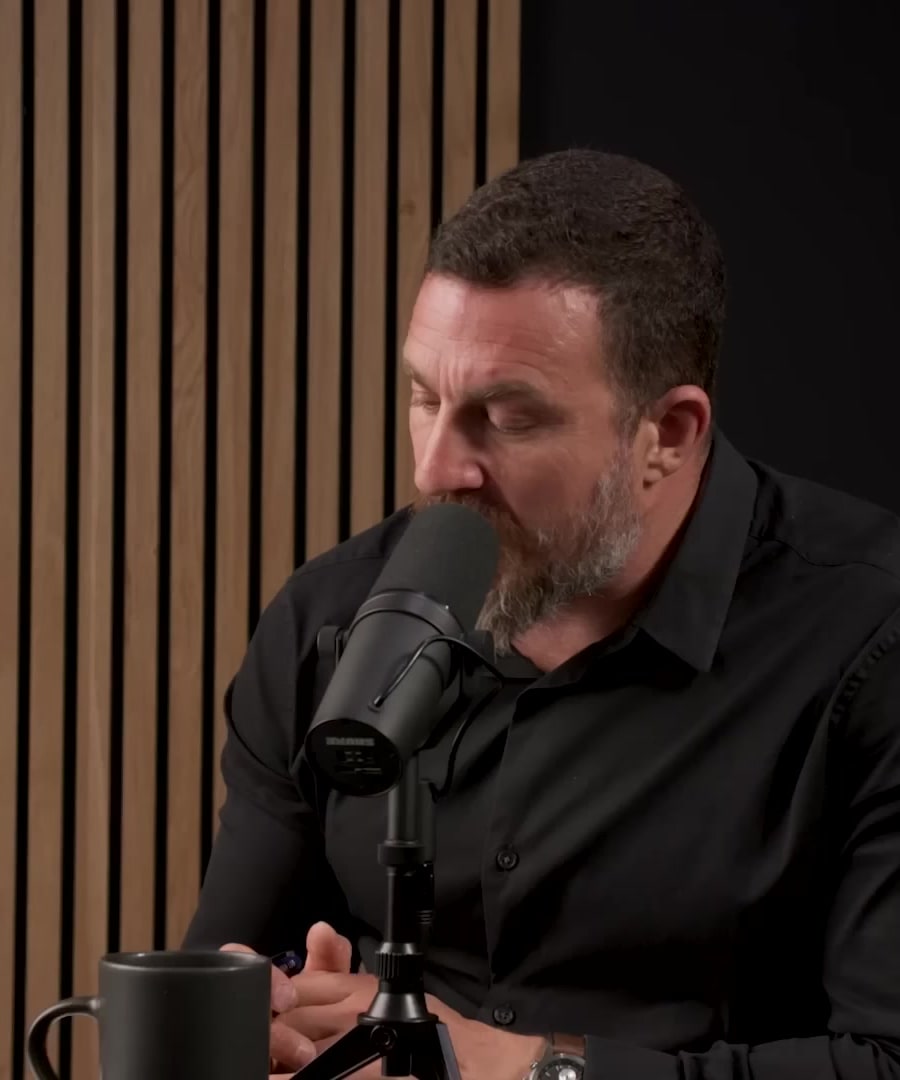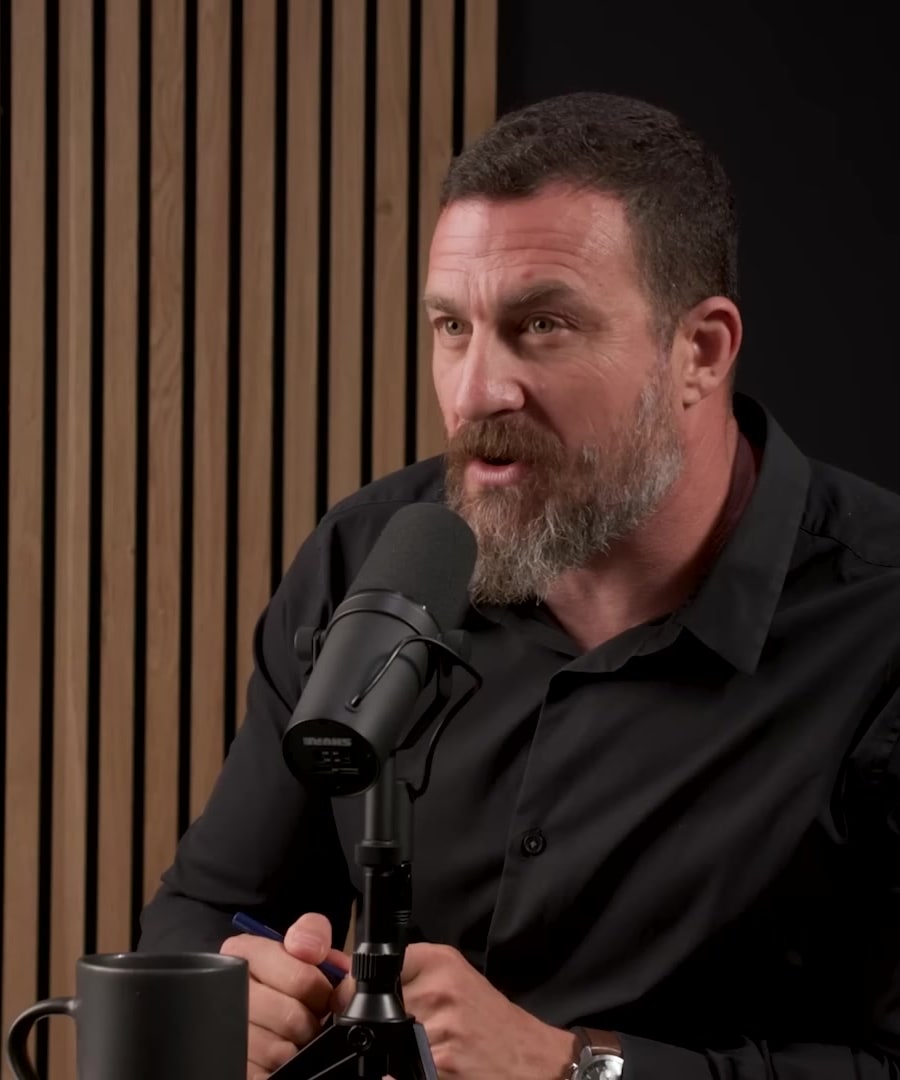What are the best protocols for cold exposure?
Sources:
Cold exposure protocols, as discussed by on the , encompass a variety of practices for different goals such as enhancing mental health, improving physical performance, and increasing metabolism:
-
For Imposing Mental Stress and Building Resilience:
- Use an uncomfortable cold temperature for showers or cold immersions.
- Stay in for a duration of 30 seconds to 3 minutes.
- Repeat frequently within safety margins.
-
For Increasing Metabolism (Søberg Principle):
- End with cold exposure, forcing yourself to reheat naturally.
- Strive to reach the point of shivering.
- Consider alternating between cold exposure and air drying.
-
For Physical Performance and Recovery:
- Avoid cold immersions for up to four hours following strength/hypertrophy training if your goal is muscle growth and strength.
- For reducing soreness and improving training efficacy, shorter durations of cold exposure after training can be beneficial.
- Utilize cooling packs, ice baths, or cold showers, immediately or a few hours after training, depending on intensity.
-
For Enhanced Fat Loss:
- Engage in protocols that induce shivering through cooling and warming periods.
- Shifting from cold to a warmer environment back and forth is essential for this process.
emphasizes that the specific temperature and duration may vary between individuals based on tolerance and adaptation to cold and that safety should always be the priority when experimenting with cold exposure. Notably, the experience of cold and the response to it can be subjective, and hence, protocols may need personal adaptation 1 2 3 4 5 6 7.
RELATED QUESTIONS-
What’s the difference between cold exposure and immersion in terms of temperature and duration?
Sources:
Cold exposure generally refers to exposing oneself to cold temperatures, which can be done through various methods such as cold showers, ice baths, cryo chambers, or simply being in a cold environment with minimal clothing. Cold immersion specifically refers to submerging the body in cold water. Here are the key differences in cold exposure and cold immersion in terms of temperature and duration as described by and other experts featured on the :
-
Temperature: Immersion in cold water or ice up to the neck typically involves much colder temperatures, possibly sub 40 degrees Fahrenheit, which is colder than what you can typically achieve with a household cold shower. Cold water immersion is thought to be more effective due to the intense and consistent exposure to the cold 1.
-
Efficiency: Cold water immersion is more effective and efficient than cold showers for a couple of reasons:
-
Duration:
- Cold showers: The duration is usually shorter (around 30 seconds to a few minutes), and the water temperature is not as low as ice baths or cold immersion. However, even short durations of 30 seconds can have significant effects 3.
- Cold immersion: The immersion time can be longer (usually ranging from one minute up to 10-15 minutes), and the colder the temperature, the shorter the necessary exposure time may be to receive benefits. Exact duration recommendations can vary depending on the desired outcome and individual tolerance or adaptation levels 4.
-
Studies and Control: Cold water immersion has been more extensively studied than cold showers, partly because it's easier to control the variables such as total body coverage and consistent temperature during controlled experiments 5.
In summary, while both cold showers and cold immersion involve exposing the body to cold to reap various health benefits, immersion generally provides a more intense and controlled exposure, which can be more effective for certain outcomes such as recovery from muscle soreness and activating the autonomic nervous system. Cold showers are more accessible and still beneficial but may not deliver the same level of stimulus as immersion would.
RELATED QUESTIONS-
Can you explain the physiological effects of cold exposure and immersion?
Sources:
Cold exposure, including immersion in cold water, results in a range of physiological effects with benefits for both mental and physical health. and other experts have discussed these effects in depth on the . Here's a summary of the key points:
-
Recovery: Cold water immersion after high-intensity exercise can aid in muscular recovery by reducing soreness and inflammation, enhancing perceived recovery, and allowing one to return to training more quickly. It can also decrease levels of serum creatine kinase, which is indicative of muscle damage 1.
-
Metabolism: Cold exposure can increase metabolism, highlighted by brown fat thermogenesis which leads to more calorie burning. Cold exposure contributes to both short-term and long-lasting metabolic increases by altering body fat composition, primarily the enhancement of brown fat stores which contribute to increased core body temperature and metabolism 2.
-
Mood and Focus: Exposure to cold can cause the release of catecholamines (dopamine, norepinephrine, and epinephrine), leading to substantial, long-lasting improvements in mood and focus. This response to cold exposure is particularly relevant for dopamine, which has implications for mental health and the ability to handle stress 3 4.
-
Endurance and Power: Cold water immersion, particularly immediately after training, is associated with improvements in muscular power performance, reduced muscle soreness, and improved perceived recovery after high-intensity exercise 5.
-
Strength and Hypertrophy Training: Cold water immersion immediately following strength or hypertrophy training might impede adaptations for muscle and size gains, but cold showers do not seem to disrupt these adaptations. Cold exposure is fine if done six hours after strength training, other training days, or before strength sessions 6.
-
Inflammatory Response: By reducing inflammatory cytokines like interleukin-6 (IL-6) and increasing anti-inflammatory cytokines such as interleukin-10 (IL-10), cold exposure acts as a potent anti-inflammatory intervention 5.
-
Practical Considerations: There are different methods of cold exposure, with some being more effective than others. Cold water immersion up to the neck is the most effective form, followed by cold showers and exposure to cold air. The efficiency of cold exposure is due to the greater heat transfer from the body into water compared to air, making immersion the most efficient option for garnering the physiological benefits 7.
In terms of physiological responses, Dr. , a guest on the podcast, mentioned how submerging in cold water up to the neck can decrease blood flow to the brain by around 30-40% due to the activation of the sympathetic nervous system which can cause dizziness and is the reason why some individuals may experience headaches during cold immersion 8.
The physiological effects of cold exposure are both immediate and can have lasting impacts on body functions, making it a significant tool for enhancing health, performance, and recovery.
RELATED QUESTIONS-
And with fasting there are any conclusions?
Sources:
Intermittent fasting and time-restricted eating have been discussed in detail on the podcast, which has articulated several conclusions regarding their physiological effects:
-
Intermittent Fasting Benefits: Studies have shown benefits of intermittent fasting such as reduced liver disease, improved metabolic markers, and decreased body fat. This is evidenced by experiments where mice were allowed to eat as much as they wanted within a certain window, leading to better health outcomes compared to mice that ate across the entire day 1.
-
Skipping Meals: Biologist suggests that skipping one meal a day could be advantageous, which can conveniently be coupled with the sleep period to extend the fasting window. He personally recommends skipping breakfast, emphasizing that fasting effects are more about when you eat rather than what you eat 2.
-
Sleep-Related Fasting: highlights the importance of not eating too close to bedtime to leverage the benefits of fasting during sleep. The process is crucial for brain health, as it promotes the clearing of metabolic waste through the lymphatic system 3.
-
Fasting and Growth Hormone: Fasting can lead to an increase in growth hormone levels by the action of the hormone ghrelin. As ghrelin makes you hungry, it also binds to a receptor in the brain that stimulates the release of growth hormone. Intermittent fasting can effectively double growth hormone levels during the waking state 4.
These conclusions are based on both research and anecdotal evidence, highlighting that fasting and time-restricted eating can be powerful tools for enhancing various aspects of health.
RELATED QUESTIONS-
It’s good fasting and do exercises?
Sources:
Fasting before exercise can be beneficial for certain health and fitness goals. discusses several points to consider regarding training while fasted:
-
Fat Burn During Extended Exercise: If the exercise extends beyond 90 minutes of moderate intensity, those who have fasted prior to exercising burn more fat than those who have eaten within one to three hours before exercising 1.
-
Shorter Periods of Training: For shorter exercise durations, there appears to be no significant difference in fat oxidation whether one eats before training or not 2.
-
High-intensity and Zone 2 Cardio: Combining high-intensity exercise with Zone 2 cardio (medium intensity) in a fasted state can lead to higher fat oxidation than if you had eaten before the workout 3.
-
Personal Preferences and Training Goals: personally prefers to do his cardiovascular and resistance training on an empty stomach, saying that fasting works better for his goals but also emphasizes finding an approach that suits individual needs and preferences 4.
While these points highlight the potential benefits of training in a fasted state, especially regarding fat burning, it is crucial to consider what fits an individual's lifestyle, energy requirements, and health conditions. Always consult with a healthcare provider or a certified fitness professional when adopting new fitness and dietary protocols.
RELATED QUESTIONS-
Connect all fasting, exercises and cold exposure
Sources:
Fasting, exercise, and cold exposure can be connected through their individual and collective impacts on various physiological pathways. and his guests have discussed these topics extensively in different episodes of the . Here's how they relate:
-
Fasting and Exercise: While not specifically covered together, fasting influences fat metabolism during exercise, especially during extended periods of moderate-intensity activities. Exercising in a fasted state can potentially enhance fat burn, as fat stores are more likely to be used for energy when glucose is not readily available from recent meals 1.
-
Exercise and Cold Exposure: The timing of cold exposure in relation to exercise is important, especially when the goal is muscle growth or strength. advises against cold water immersion immediately after strength training, recommending a delay of at least four hours to avoid impairing muscle hypertrophy and strength gains 2.
-
Cold Exposure and Mental State: Cold exposure has been discussed as a tool for building mental resilience. Engaging in cognitive tasks while enduring the stress of cold exposure can enhance the ability to maintain clear thinking under stress. This process aligns with the concept of building resilience through intermittent challenges, which could also include fasting and exercise 3 4.
-
Integrating Cold Exposure with Fasting: The benefits of cold exposure, such as fat loss and improved metabolism, are connected to the concept of intermittent challenges, which can include fasting 5. However, there is limited scientific information on whether there are additional benefits of specifically combining fasting with cold exposure, and studies have not explicitly focused on the effects of cold exposure being either fed or fasted 6.
-
Overall Benefits: discusses with his guest, , how natural stressors like cold exposure can potentially lower inflammation, therefore, possibly preventing lifestyle and mental diseases. Cold exposure, along with fasting, exercise, and heat exposure, is seen as one way to help the body regain a natural state of balance 7.
RELATED QUESTIONS-
What are the best protocols for cold exposure?
- RELATED QUESTIONS
What’s the difference between cold exposure and immersion in terms of temperature and duration?
- RELATED QUESTIONS
Can you explain the physiological effects of cold exposure and immersion?
- RELATED QUESTIONS
And with fasting there are any conclusions?
- RELATED QUESTIONS
It’s good fasting and do exercises?
- RELATED QUESTIONS
Connect all fasting, exercises and cold exposure
- RELATED QUESTIONS
